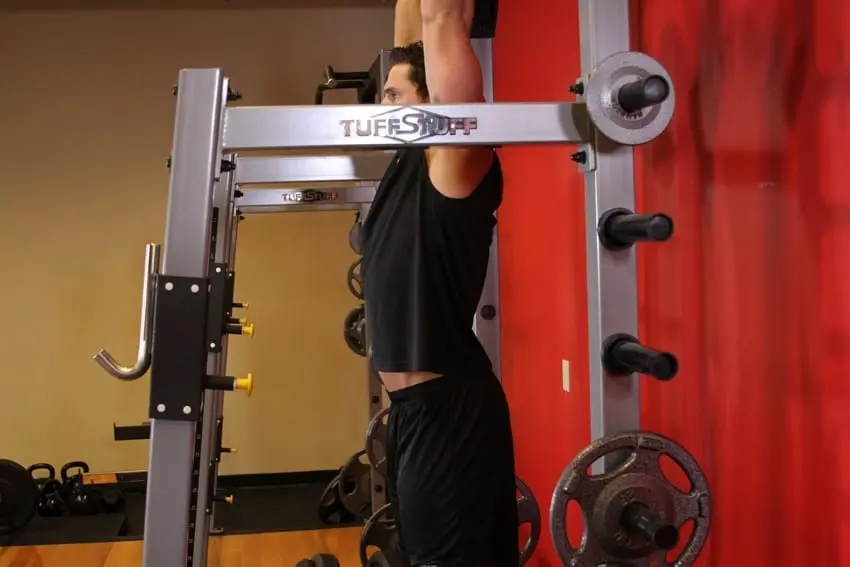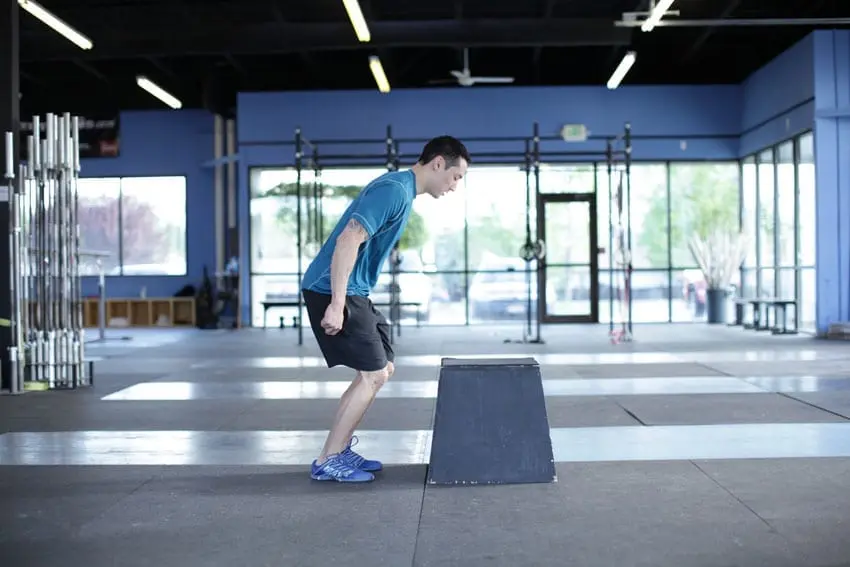Contents
Primary goal: gaining muscle mass
A type: whole body
Preparation level: elementary
Number of workouts per week: 4
Necessary equipment: no
Audience: men and women
Author: Brad Borland, Strength and Functional Training Specialist
Get back to basics: build muscle with classic bodyweight workouts. The flexible training system is based on a series of 5 exercises.
Program description
All these newfangled fitness gadgets, hyped workout programs and magic pills can easily turn your head, especially if you plan to get your body in shape or make it even more perfect. They vying with each other promise you embossed cubes of the press in the shortest possible time, without giving any serious argumentation.
The athletes and warriors of Ancient Greece built the most athletic, muscular, and strongest bodies in recorded history without any “quick fix”. Of course, they didn’t have an endless stream of fast food and Xbox temptations, but their bodies were simply amazing, and they showed real wonders of strength, endurance and endurance.
What was their secret? How did they manage to forge mythological bodies with a relatively small amount of food and a complete absence of nutritional supplements, not to mention the fact that there were no gyms then even in the project?
They relied on bodyweight training. Yes, this is not the most revolutionary idea, but it has been unfairly pushed back, leaving for gym classes in high school and people who want to “shape up” before the beach season.
Weight training, especially when an effective program is in place, gives serious results both in terms of weight gain and weight loss. They can build muscle, burn fat, and turn your body into a trouble-free machine. Don’t believe me? Think bodyweight training is too simple, easy and therefore ineffective? Then try this program while on the road, while away from the gym, or if you just want to jerk up a bit and try something new.

Self-weight assault
- Do each workout 1-2 times a week.
- Do each set without resting between exercises.
- Work on the program for at least 4 weeks, either while traveling or while away from your usual training equipment.
- Perform before every workout.
- Your Choice: Finish your workout session with a cardio load – medium pace or your choice.
- Giant-set complex – these exercises are performed without rest, one after the other. After completing the entire complex, rest for 1 minute.
- Repeat each set 3 times. If the level of training allows, you can repeat up to 4-5 times.
- Do 10-20 reps per exercise, try to progress with each workout.
1 training
Giant set:

3 approach to 10 repetitions

3 approach to 10 repetitions

3 approach to 10 repetitions

3 approach to 10 repetitions

3 approach to 10 repetitions
Giant set:

3 approach to 10 repetitions

3 approach to 10 repetitions

3 approach to 10 repetitions

3 approach to 10 repetitions

2 training
Giant set:

3 approach to 10 repetitions

3 approach to 10 repetitions

3 approach to 10 repetitions

3 approach to 10 repetitions

3 approach to Max. minutes.
Giant set:

3 approach to 10 repetitions

3 approach to 10 repetitions

3 approach to 10 repetitions

3 approach to 10 repetitions


Recommendations for some specific exercises
Leg push-ups
You can raise your feet on a bench or chair, but the body should remain stretched out into a string, and the abdominal muscles should be tense. After completing the set, you can rearrange your feet on the floor and continue the approach.
Wide grip horizontal pull-ups
Here you lie under the neck in Smith or in the power rack, put the bar at waist level. You can pull up by placing your feet on the floor (beginners) or on a bench (intermediate). The distance between the hands on the bar is slightly more than shoulder width apart. Stretch towards your lower chest, keep your back and legs straight and your abs tense.
Push-ups “folding knife”
These can be called beginner push-ups. In the “folding knife” version, you stand with your feet on the ground and bend only at the hip joints so that your hands rest on the floor and your buttocks are lifted up (very similar to the “downward dog” asana). Perform the movement by bending your arms at the elbow and shoulder joints (like overhead presses, vice versa), but do not bend your knees or bend your hip joints even more.
Reverse grip horizontal pull-ups
The starting position is the same as in the horizontal pull-ups, only this time you grab the bar with a reverse grip (palms facing you) shoulder-width apart. The body should be pulled into a string from head to toe. Pull yourself up to the bar. Adjust the height of the “crossbar” to change the difficulty level.
Squatting on one leg
Be sure to extend your front leg far enough forward so that your knee does not extend over your toes. Try not to help yourself with your back leg (the one on the bench) while lifting and never put your knee on the floor. Use a soft roller as a guide, or stop 3-5 cm before your knee touches the ground.
Box jumping
When doing box jumps, never jump to the ground. Always take a step back to avoid putting undue stress on your knees. Also, if possible, exercise on a soft or rubberized floor for greater joint safety.
Back lunges
Make sure that the stride is long enough in back lunges, and the front knee does not extend beyond the toe line. Moreover, if back lunges are new to you, do each rep slowly, control the movement, and master the correct technique.
Sprint outdoors or on a treadmill
Sprint distance and timing may vary depending on your fitness level and experience. If you are new to sprinting, start with an intensity and duration that you can comfortably finish the exercise, and then gradually increase the challenge by increasing the speed and duration of your runs.









